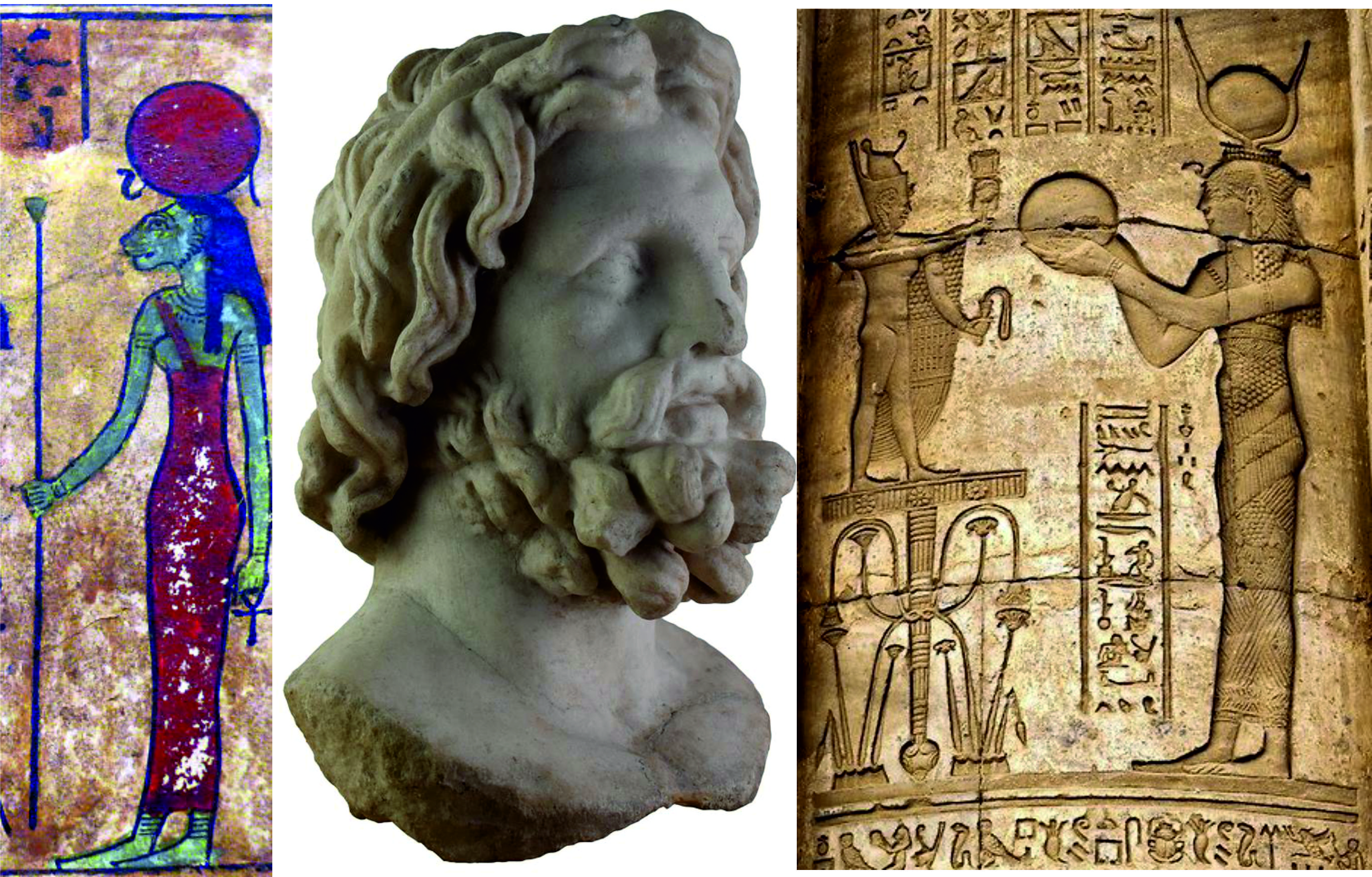
A The Egypt Centre Event
SpeakerJack Brooker
John Rogers
Krys Williams
Students from Swansea University
From: 15 May 2019, 7 p.m.To: 15 May 2019, 8 p.m.
Location: The Mall Room, Taliesin Create, Swansea University, Singleton Park, SA2 8PZ, Swansea
Students will give a 20-minute presentation on their research. The topics discussed are:
(Re)constructing the Divine: Religious Syncretism in Ptolemaic Egypt by Jack Brooker
The Macedonian conquest ushered in a period of great change in Egypt, not just in the temporal world but also in the divine. Under the aegis of the Ptolemies the old gods of Egypt were fused with their Grecian counterparts to create new deities, and some Egyptian gods were inducted into the mystery traditions of Greek religion. During the presentation, a number of artefacts from the Egypt Centre’s collection will be examined to consider how they exemplify the religious syncretism, which characterises the Ptolemaic period
The East and West Strike the Drum: Percussion Instruments in Ancient Egyptian Soundscapes by John Rogers
Membranophones (musical instruments which create sound using a membrane stretched over a frame) have been used in nearly every society to communicate: to send signals, to keep a beat in work and festivities, to intimidate opponents in battle. In ancient Egyptian reliefs, drums are shown in public parades, funerary feasts, and divine displays, with a number of instruments preserved in collections around the world. By investigating these source data, this talk will illuminate the role of drums - and music more generally - in a bustling Egypt full of sound; an ancient Egypt largely lost in the quiet tombs, temples, and museums standing today.
Tefnut in Nubia: the Amulets of Piye's Wives by Krys Williams
Underlying this presentation is the hypothesis that certain depictions of Tefnut found in Nubia reflect a particular view of queenship prevailing in the Kushite kingdom and into the Meroitic period. A unique type of pectoral amulet found in the tombs of three of Piye's wives could imply that even minor queens shared this status. This might explain why they, as well as the great royal wives, were buried in a location otherwise reserved for kings. Some further ideas suggested by the amulets will also be discussed.
Contact: Wendy Goodridge (Email: w.r.goodridge@swansea.ac.uk) - Telephone: 01792 295960
Event created by: w.r.goodridge
